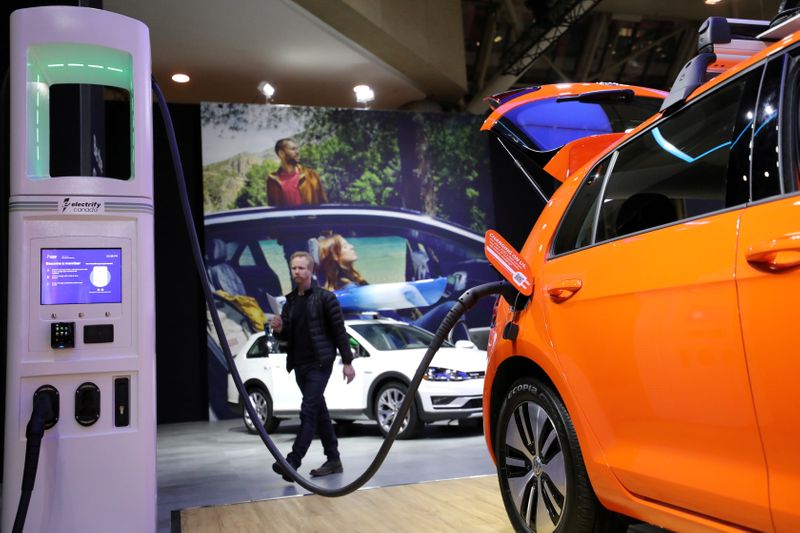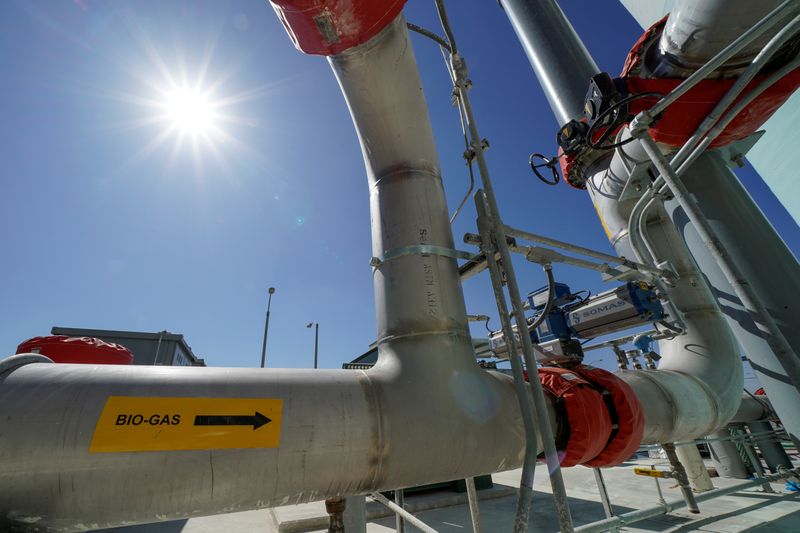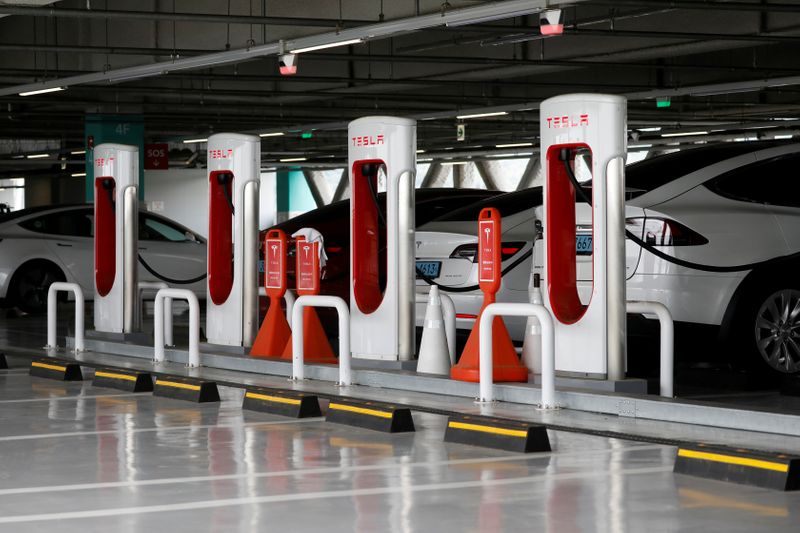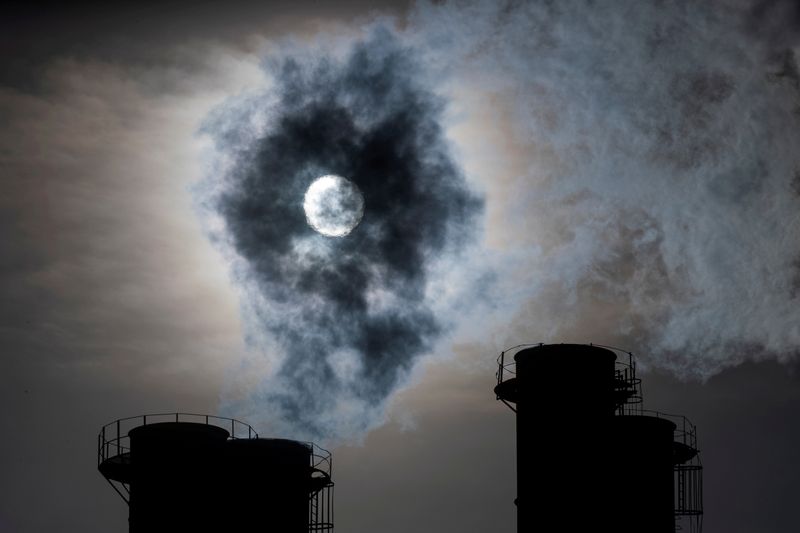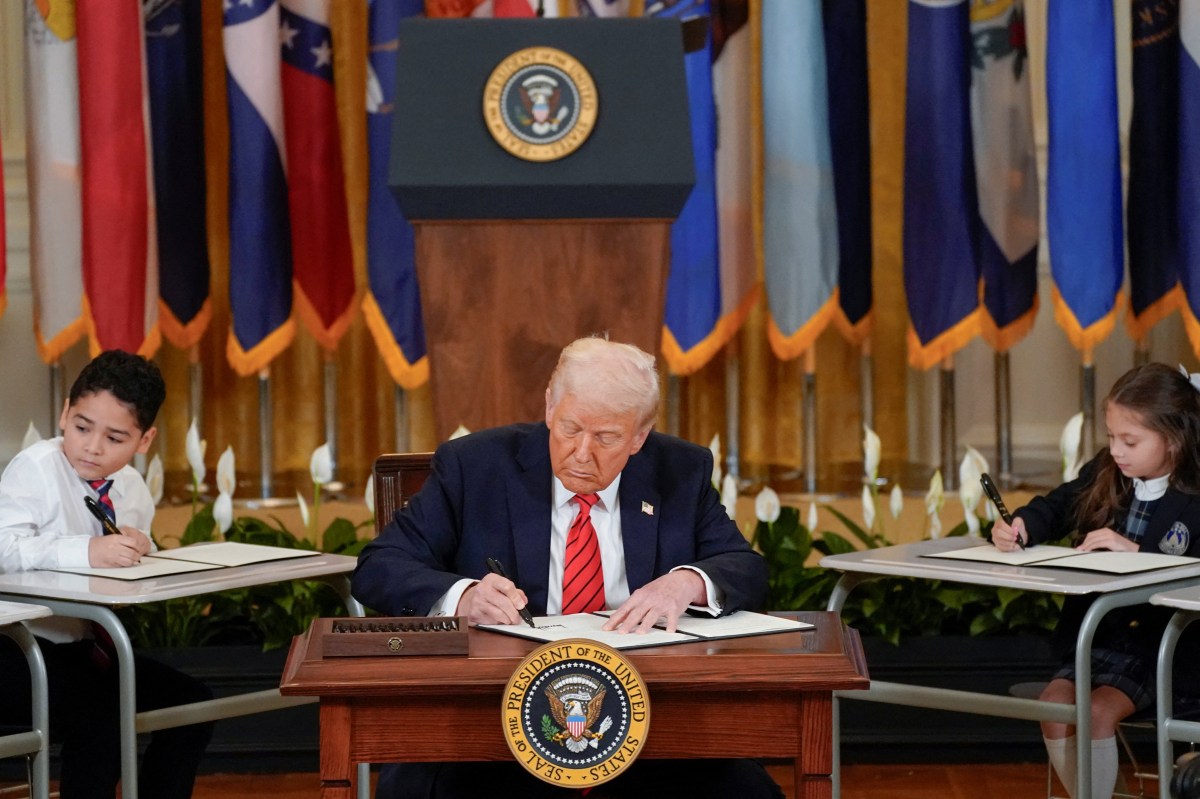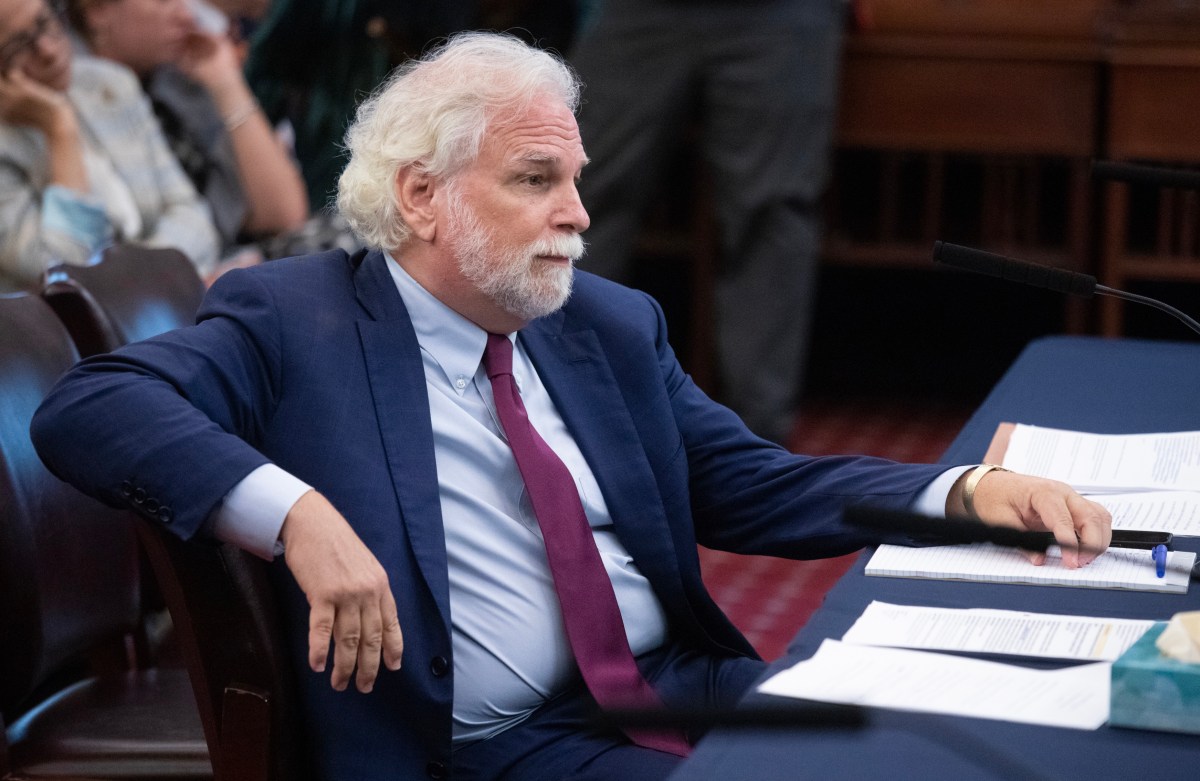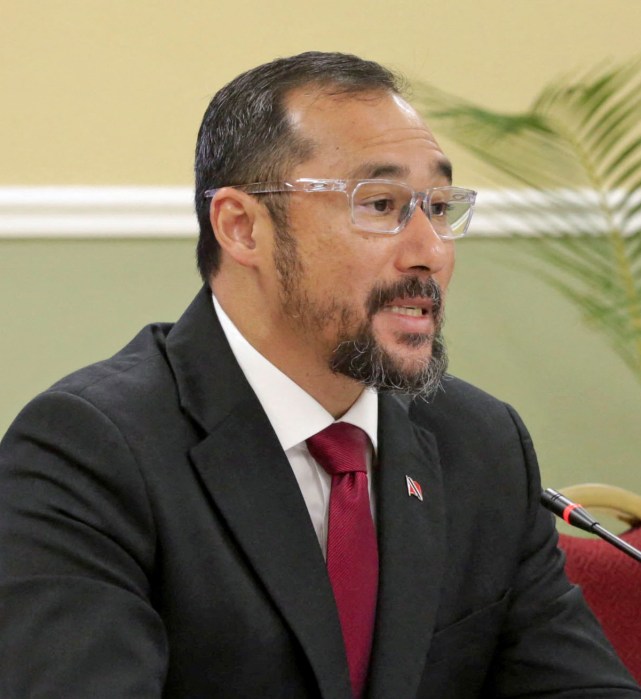LONDON/BRUSSELS (Reuters) – Despite mounting pressure for economic rescue packages to be used to tackle climate change, most of the money spent so far on overcoming the coronavirus pandemic has gone towards propping up business as usual, according to three studies.
But what comes next may be more important for the climate, as governments move from emergency mode and start planning – and spending – for a post-COVID-19 recovery.
“There are a lot of different groups who are watching whether stimulus efforts are going to help or hurt the climate,” said Joel Jaeger, research associate at the World Resources Institute in Washington DC. “They are all coming to the same conclusion: the response so far has not been very green.”
The pandemic has already prompted the United States, Europe, China, Japan and others to commit trillions in stimulus funds, with further colossal injections expected within 18 months.
To climate advocates, these packages represent a once-in-a-generation chance to shift the world onto a low-carbon path by backing projects – such as renewables, efficient buildings and electric vehicles – to reduce heat-trapping carbon emissions.
Christiana Figueres, a former U.N. climate chief who co-founded the environmental platform Global Optimism, has called stimulus spending “the last opportunity” to achieve the goals of the 2015 Paris climate accord.
“The scale is such that it will determine the contours of the global economy over the next few decades,” Figueres told Reuters.
‘WINDOW OF OPPORTUNITY’
In the initial response, governments focused on blunting the impact of the pandemic, which sent billions of people into lockdown and endangered the earnings of nearly half the global workforce, according to the International Labour Organisation.
That meant funnelling large amounts of money into high-polluting mainstays of the pre-pandemic economy.
G20 countries have so far committed at least $151 billion to support fossil fuel-heavy sectors, such as airlines, coal, oil and gas, and roadbuilding, according to an Energy Policy Tracker database launched this week by a group of research institutes and campaigners. By contrast, $89 billion had been committed to green energy, the database showed.
In a separate study, consultancy Vivid Economics found that stimulus packages across 17 significant economies will pump about $3.5 trillion into sectors that have big impacts on nature, but largely fail to use the money to protect the environment.
Advocates of “green recoveries” are now lobbying governments to pivot, encouraged by early support for some climate-friendlier stimulus in Germany, France and South Korea, and U.S. states such as New York and California.
“We want to influence the recovery and there is still a window of opportunity,” said Ivetta Gerasimchuk, a Geneva-based policy expert at the International Institute for Sustainable Development.
GREEN TINGE IN EUROPE
Europe has emerged as the leader in green recovery policies, although its plans have faced criticism from some campaigners for still falling short of what is needed to limit the rise in average global temperatures in line with Paris targets.
EU states have so far devoted 0.31% of the bloc’s GDP to some form of green spending, relative to an average of 0.01% of GDP in Asia and North America, according to a third study by Bloomberg New Energy Finance.
European Union leaders are meeting on Friday for their first face-to-face summit since the pandemic to attempt to clinch a deal on a massive 750 billion euro pandemic recovery fund.
The EU’s executive Commission says all spending from the fund must “do no harm” to its climate goals, although some researchers caution that safeguards are weak.
“There’s been some promising noises coming from the EU but we need to see action,” said Mohamed Adow, director of Power Shift Africa, an energy think-tank in Nairobi.
A 130-billion-euro package unveiled by Germany last month aims to boost electric vehicles and the use of clean hydrogen fuel. France has pledged 15 billion euros in near-term climate spending plus 8 billion euros to help electrify its automotive industry.
Italy and Britain are supporting green building renovations, while Switzerland and Austria have sought to attach environmental criteria to airline bailouts.
CHOICES LOOM FOR BIGGEST EMITTERS
While campaigners are pinning their hopes on the EU to set an example, prospects in the world’s two biggest carbon-emitting economies – China and the United States – are less certain.
China has approved five new coal plants and is expected to rely on energy-intensive infrastructure and heavy industry to reboot its economy, although officials also extended subsidies for electric cars.
In the United States, the Trump administration has handed relief to oil and gas companies and curtailed environmental regulations.
Trump’s opponent in November’s presidential election, Democrat Joe Biden, has pledged to spend $2 trillion over four years on clean energy infrastructure, however, and would likely face pressure to do more to cut emissions.
“There will be a need for a sustained stimulus for at least two or three years,” said Mark Paul, an economist at New College of Florida. “It’s not one shot and done.”
(Reporting by Matthew Green and Kate Abnett, Additional reporting by David Stanway in SHANGHAI; Editing by Alex Richardson)

